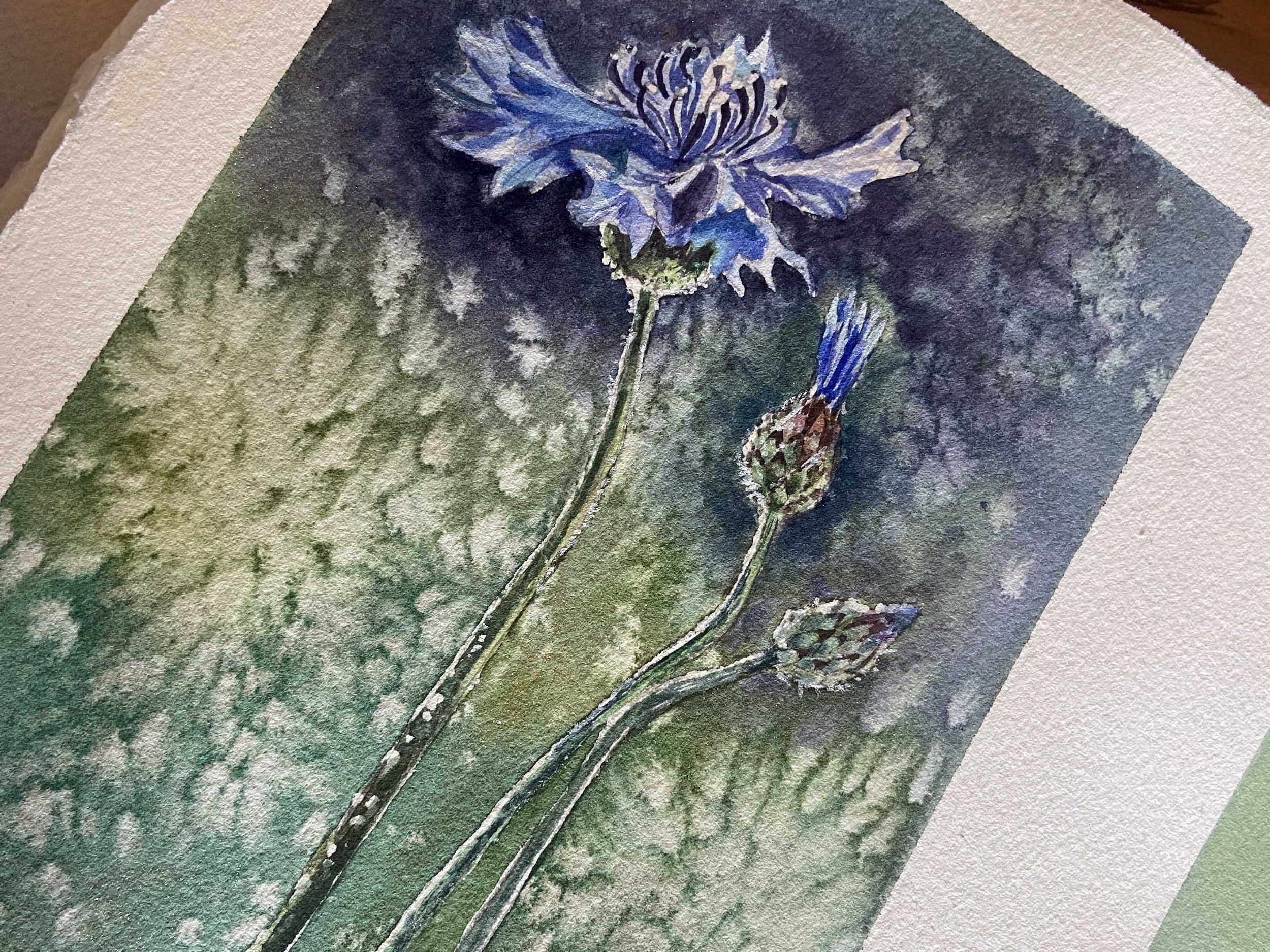10 watercolor techniques for beginners and pros
Whether you’re a beginner or an experienced artist, learning new techniques can help you create more interesting and dynamic paintings. In this blog post, I’ll tell you about 10 watercolor techniques that can help take your art to the next level.
Wet-on-Wet Technique
This technique involves applying wet paint onto wet paper, allowing the colors to blend and bleed into each other. The result is a soft, dreamy effect that can be used for backgrounds, skies, or other areas where you want a soft, diffuse look.
Dry Brush Technique
This technique involves using a dry brush to apply paint to dry paper, creating a textured, scratchy effect. This technique can be used to create the appearance of tree bark, fur, stones or other textured surfaces.
Salt Technique
The salt technique involves sprinkling salt onto wet paint, creating a unique texture and pattern as the salt absorbs the water and pushes the pigment aside. This technique can be used for backgrounds, skies, or other areas where you want a subtle, organic texture.
Lifting Technique
The lifting technique involves removing wet paint from the paper using a damp brush, sponge, or paper towel. This technique can be used to create highlights or to correct mistakes. This is exactly how I made highlights on wet sand on a painting below.
Graded Wash Technique
The graded wash technique involves gradually transitioning from light to dark tones or from one color to another by adding more pigment to the paint mixture as you move down the paper. This technique is often used for backgrounds or to create the illusion of depth.
Glazing Technique
The glazing technique involves layering thin, translucent washes of color over each other to create a rich, luminous effect. This technique is often used for portraits, still lifes, or other areas where you want a smooth, blended look.
Splatter Technique
The splatter technique involves flicking paint onto the paper using a brush or toothbrush, creating a random, speckled effect. This technique can be used to create the appearance of stars, snow, or other small, scattered objects.
Masking Fluid Technique
The masking fluid technique involves applying a liquid barrier to the paper to protect areas from paint, allowing you to create sharp, crisp edges. This technique is often used for lettering, fine details, or other areas where you want a precise, controlled effect. Here are my waves painted with masking fluid.
Negative Painting Technique
The negative painting technique involves painting around the subject, rather than directly on it, creating a sense of depth and contrast. This technique can be used to create the appearance of leaves, branches, or other complex shapes.
Sgraffito Technique
The sgraffito technique involves scratching into wet paint with a tool, revealing the paper underneath and creating a unique texture and pattern. This technique can be used to create the appearance of fur, feathers, or other textured surfaces. In this case I scratched grass using the brush shaft.
Watercolor is a versatile medium that offers endless possibilities for creativity and expression. Learning new techniques can help you expand your artistic repertoire and create more interesting and dynamic paintings.










